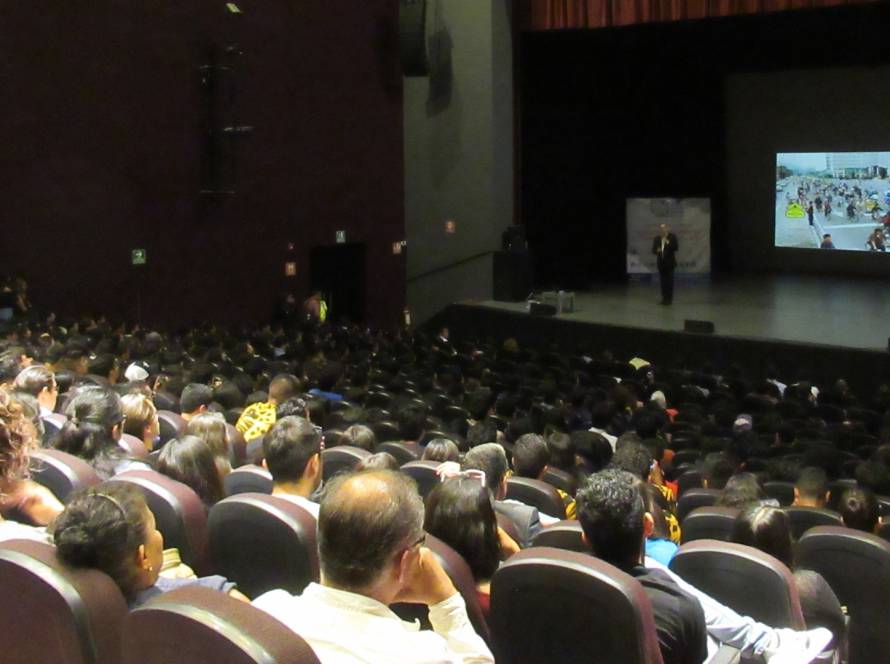Key Takeaways
⇢ Design with children, not for them.
⇢ Sensory-rich environments, especially those engaging all five senses, are critical
for early childhood development.
⇢ Nature-based play influences physical health, cognitive growth, and emotional well-
being through sensory engagement, motor skill development, and risk navigation.
⇢ Good design requires intentionality: co-design with children and caregivers and
support through policy, operations, and land-use frameworks—not just aesthetics
or layout.
⇢ Conventional playgrounds prioritize safety over stimulation, often missing
opportunities for developmental richness, creativity, and resilience-building.
Summary
a. Why does play in nature matter?
○ In early childhood, natural sensory experiences are foundational to brain
architecture, immune health, and risk awareness.
○ The gut-brain axis and microbiome exposure in biodiverse outdoor
settings boost emotional regulation and resilience.
○ Natural play helps counteract "containerized childhoods"—where over-
structured time, sedentary routines, and fear-based parenting reduce
outdoor exposure.
○ Natural playgrounds build ecological literacy and place-based identity,
fostering early environmental stewardship and long-term health benefits.
b. What do conventional playgrounds need to improve?
○ They prioritize compliance over complexity, often designed for liability
rather than developmental benefit.
○ They lack loose parts, tactile engagement, elevation changes, or risk
gradients, which are essential to creative and physical development.
○ Plastic, rubber, and uniform playgrounds not only lack sensory stimulation
but may harm immune development through off-gassing and microbiome
destruction.
○ Playgrounds must offer:
– Gross motor opportunities
– Fine motor opportunities
– Quiet, contemplative areas
– Imaginative spaces (loose parts, unstructured materials)
c. Natural Playgrounds’ design and implementation consideration:
○ Site-specificity is key—no single model of a "natural playground" fits all;
the design must respond to context, climate, users, and ecological
conditions.
○ Inclusive and accessible design is non-negotiable, especially for
neurodiverse children and those with limited mobility.
○ Start with deep listening to children, including observation, mapping
activities, storytelling, and informal engagement.
○ Include multidisciplinary teams: ecologists, urban designers, playworkers,
accessibility specialists, and municipal operations staff.
○ Topography, planting, water, and seasonal variation enhance dynamic,
engaging, and open-ended play.
○ Plan for long-term resource needs—natural elements require funding,
maintenance, and sometimes shared stewardship (e.g., through schools
or community groups).
How can Cities apply these learnings / findings?
a. Create policy frameworks and funding programs recognizing play in nature as part
of public health, early childhood development, and green infrastructure.
b. Pilot child-informed design projects with outcome tracking—especially in
underserved areas where children have limited access to quality green space.
○ Partner with schools, community centers, and public health agencies to
build shared-use natural play spaces.
○ Incorporate grade changes, natural streams (real or constructed),
Interesting resources
a. Brussoni, Mariana, et al. "What Is the Relationship between Risky Outdoor Play
and Health in Children? A Systematic Review." International Journal of
Environmental Research and Public Health, vol. 12, no. 6, 2015, p. 6423,
https://doi.org/10.3390/ijerph120606423.
b. von Hertzen, Leena et al. “Helsinki alert of biodiversity and health.” Annals of
Medicine vol. 47,3 (2015): 218-25.
https://doi.org/10.3109/07853890.2015.1010226.
c. Green Community Schoolyards, New York City, United States | WRI Ross Center
Prize for Cities 2023-2024. https://www.youtube.com/watch?v=VYbOrHB-IoA
Ideas for further reading / research
a. Urban Playground: How child-friendly planning and design can save cities – Book
by Tim Gill.
b. Last Child in the Woods – Book by Richard Louv.


